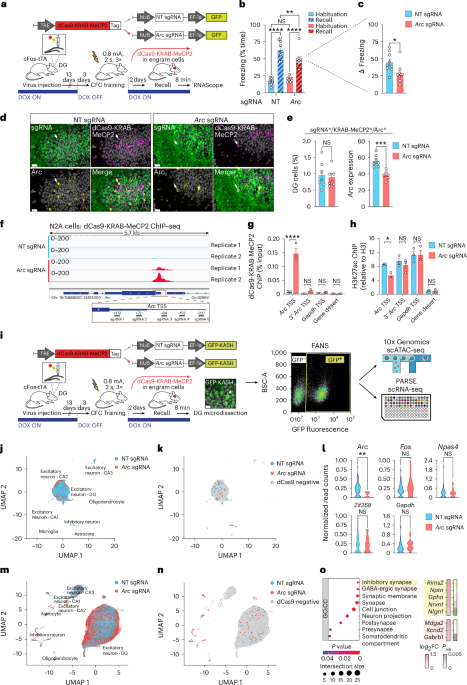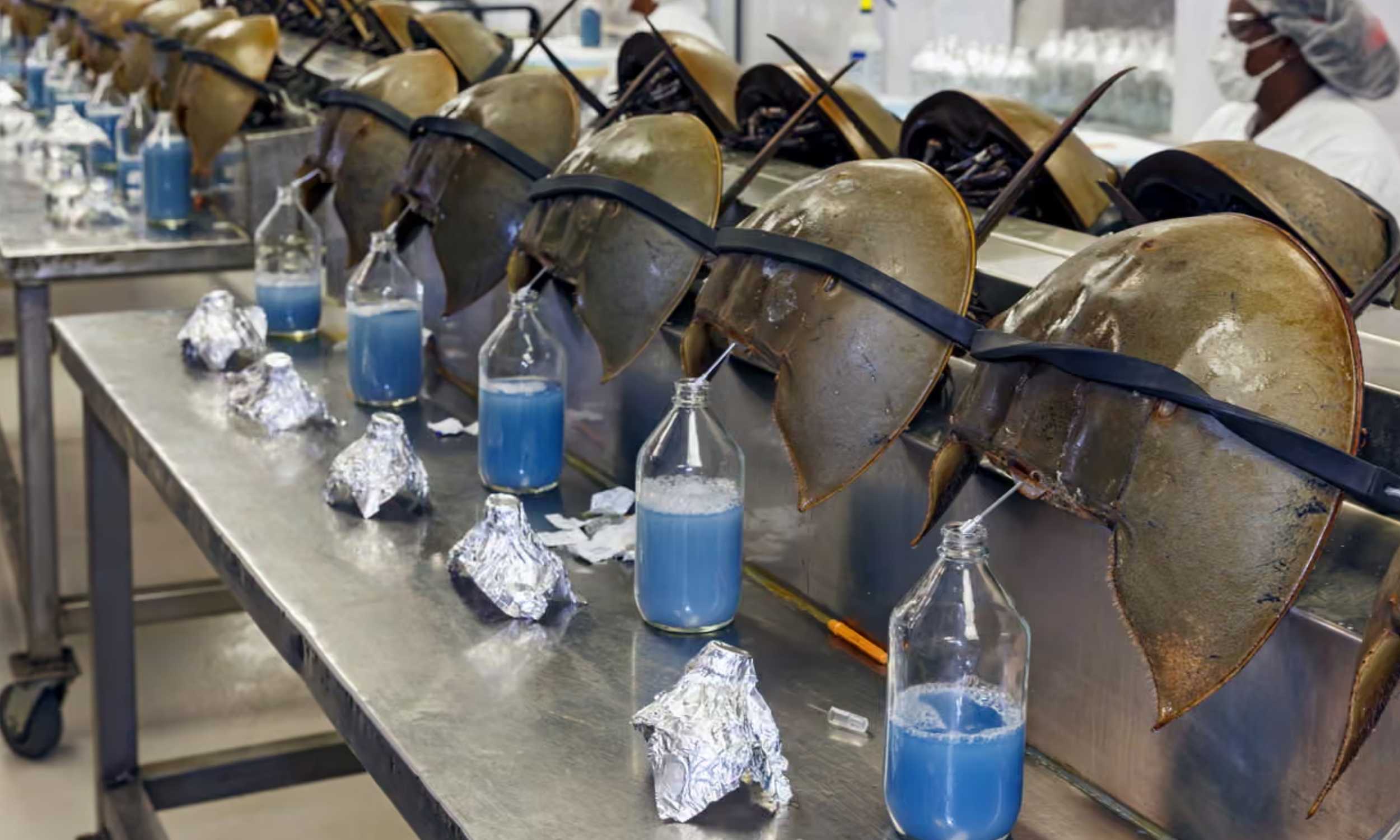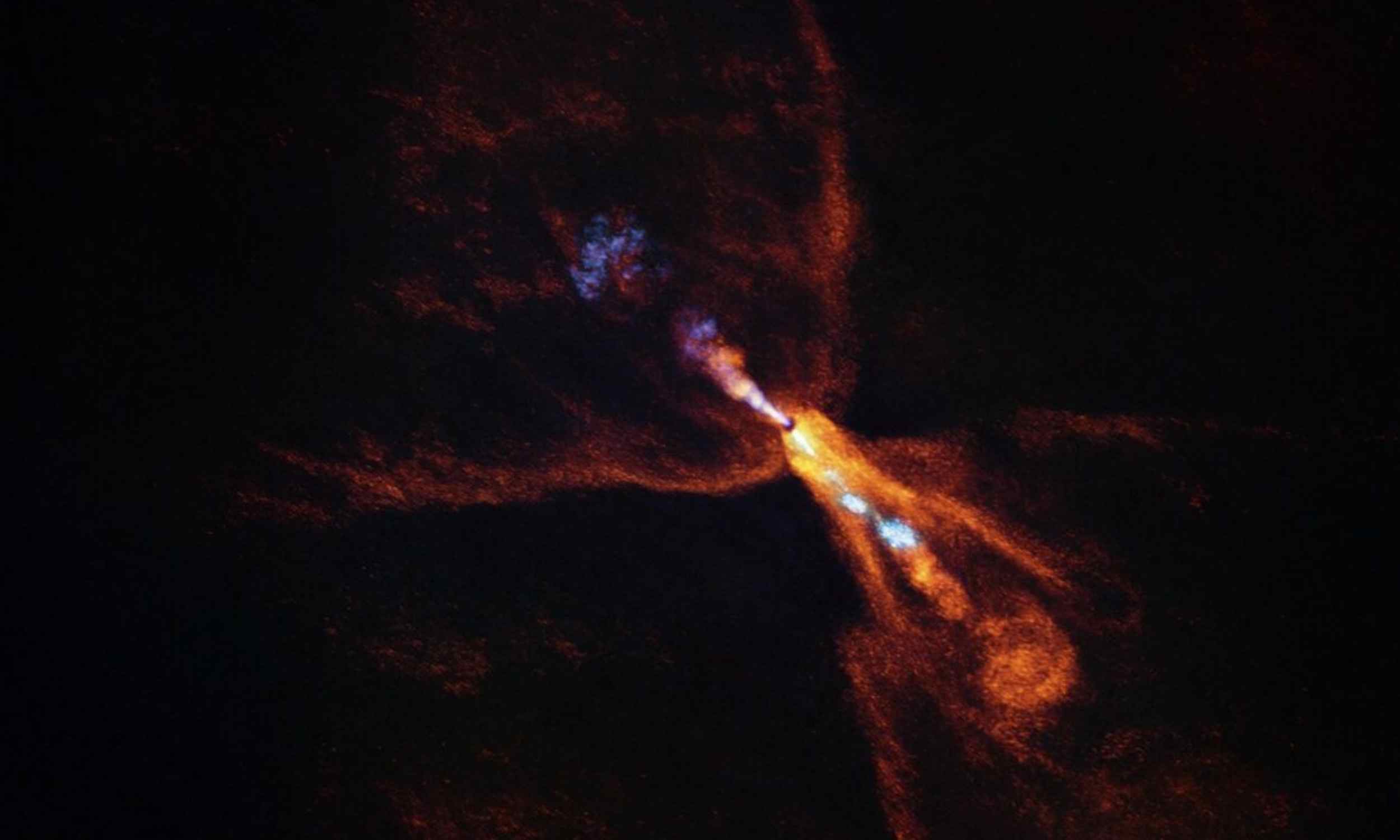Astronomers recently reported the earliest observable moment of planet formation around a young star called HOPS-315, capturing hot minerals turning solid close to the star.
The team used the James Webb Space Telescope (JWST) and Atacama Large Millimeter/submillimeter Array (ALMA) to pinpoint where those solids are beginning to appear.
HOPS-315 is about 1,300 light years away, surrounded by a cloud of gas and dust where new worlds can start to form.
The signals show traces of simple minerals beginning to harden near the star, marking the first steps toward building planets.
Why HOPS-315 matters
Astronomers often see planet-forming discs, yet they usually catch them after large planets have already carved gaps.
This result captures the start line for rocky building blocks, a stage that has been theorized for decades but never directly seen so near the star.
The observations place these solids within roughly 2.2 astronomical units of the star, a region similar in scale to the inner solar system.
That distance is where temperatures fall enough for certain minerals to condense, so it is a natural place to watch solid matter first appear.
Catching this phase tells us when the clock on planet formation truly starts. It also gives researchers a live laboratory to test ideas about how dust becomes rocks and, eventually, planets.
The finding narrows a long standing gap between models and measurements. It connects the dots from hot nebular gas to the first tangible grains that can stick together.
What the telescopes saw
Webb’s infrared spectra revealed signatures of warm silicon monoxide gas and silicate crystals close to the star.
ALMA then traced the emission to a compact zone in the inner disc, separating it from outflow and jet activity that could otherwise confuse the picture.
“For the first time, we have identified the earliest moment when planet formation is initiated around a star other than our Sun,” said Melissa McClure, a professor at Leiden University and lead author of the study.
The minerals appear in roughly the same region around this young star as similar materials found in asteroids within our own Solar System.
This pattern suggests that the same early building steps for planets may happen in many young systems.
The data show gas and crystals coexisting, which means condensation is underway right now. That timing provides an anchor for models that predict how quickly dust grains grow in hot inner discs.
HOPS-315 minerals
Close to a young star, it gets hot enough to turn rock into gas. As things cool down, the toughest materials begin to solidify first, forming tiny crystals that contain silicon monoxide, a simple compound made of silicon and oxygen.
Those first grains collide and stick, forming clumps that can grow into planetesimals, bodies large enough for gravity to take over.
Once gravity dominates, growth speeds up, and embryos of rocky planets can form on geologic timescales.
The exact composition of early condensates depends on temperature and pressure. It also depends on how efficiently material moves inward and outward through the disc.
Observations like these tell us which minerals appear first and where. That information constrains the chemistry available to seed rocky cores and future atmospheres.
Clues from meteorites
Ancient meteorites in our solar system preserve the record of these first condensates. Tiny inclusions inside them, called calcium aluminum rich inclusions, are among the oldest dated solids from the Sun’s nebula.
High precision ages show these first solids formed at the very beginning of solar system history, and they were followed by later generations of melt droplets called chondrules.
An analysis established the relative timing of these events using uranium lead dating.
That timeline implies that hot inner nebula regions made the earliest solids, which were then transported and mixed across the disc.
The new detection around HOPS-315 offers a direct view of a similar process in action around another star.
Putting these lines of evidence together builds a coherent story. Inner disc condensation produces the first crystals, mixing spreads them, and collisions build up the rocky pieces.
Next steps for HOPS-315
This system gives astronomers a clean target to measure how quickly solids grow in the inner disc.
Repeated observations can track changes in the gas to solid ratio and reveal how fast grains move from dust to pebble to rock.
Future data can test whether heat processing is common in the galaxy or a rare path. It can also reveal whether inner disc condensation always happens near a similar distance from the star.
ALMA and Webb together can map both composition and location. That combination lets scientists separate jet emission from disc emission and focus on the zone where solids actually grow.
The immediate goal is to expand the search to more very young stars. If multiple systems show the same early signatures, then the first steps toward rocky planets may be routine.
This first catch opens the door to timing the earliest phases of planet assembly. It also sets a benchmark that models must match if they hope to explain how Earth-like planets emerge.
The study is published in Nature.
—–
Like what you read? Subscribe to our newsletter for engaging articles, exclusive content, and the latest updates.
Check us out on EarthSnap, a free app brought to you by Eric Ralls and Earth.com.
—–
First Appeared on
Source link













